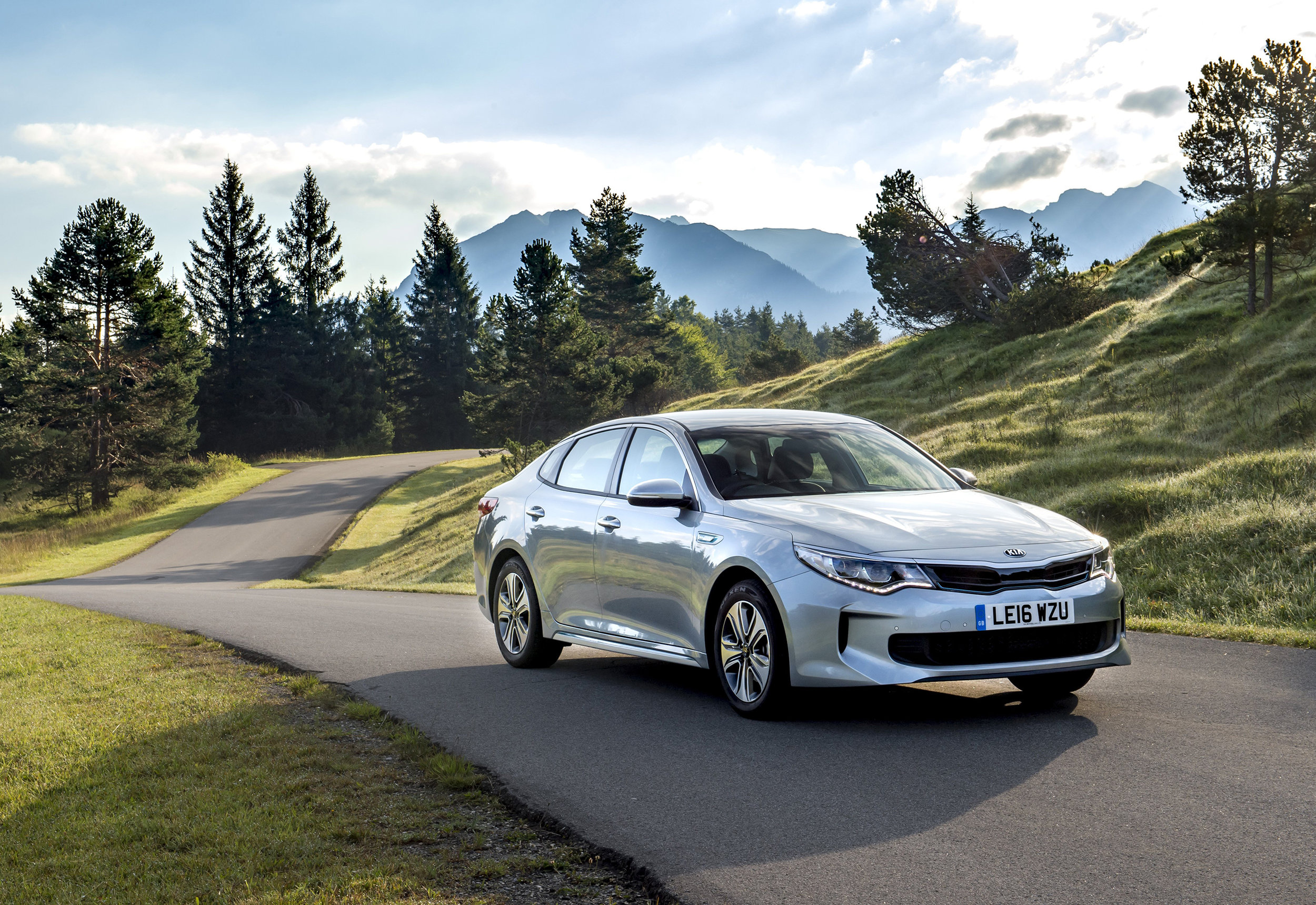

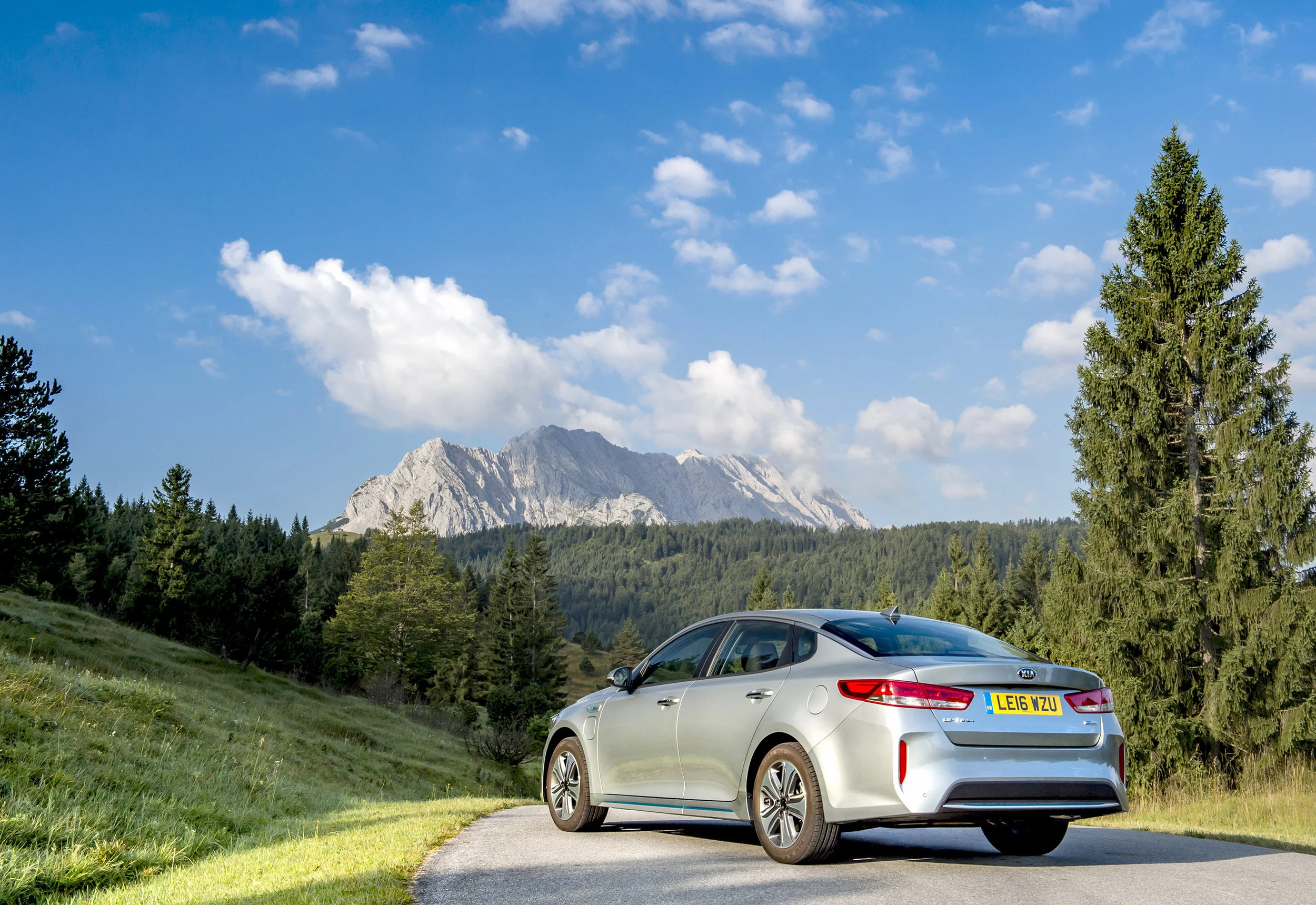
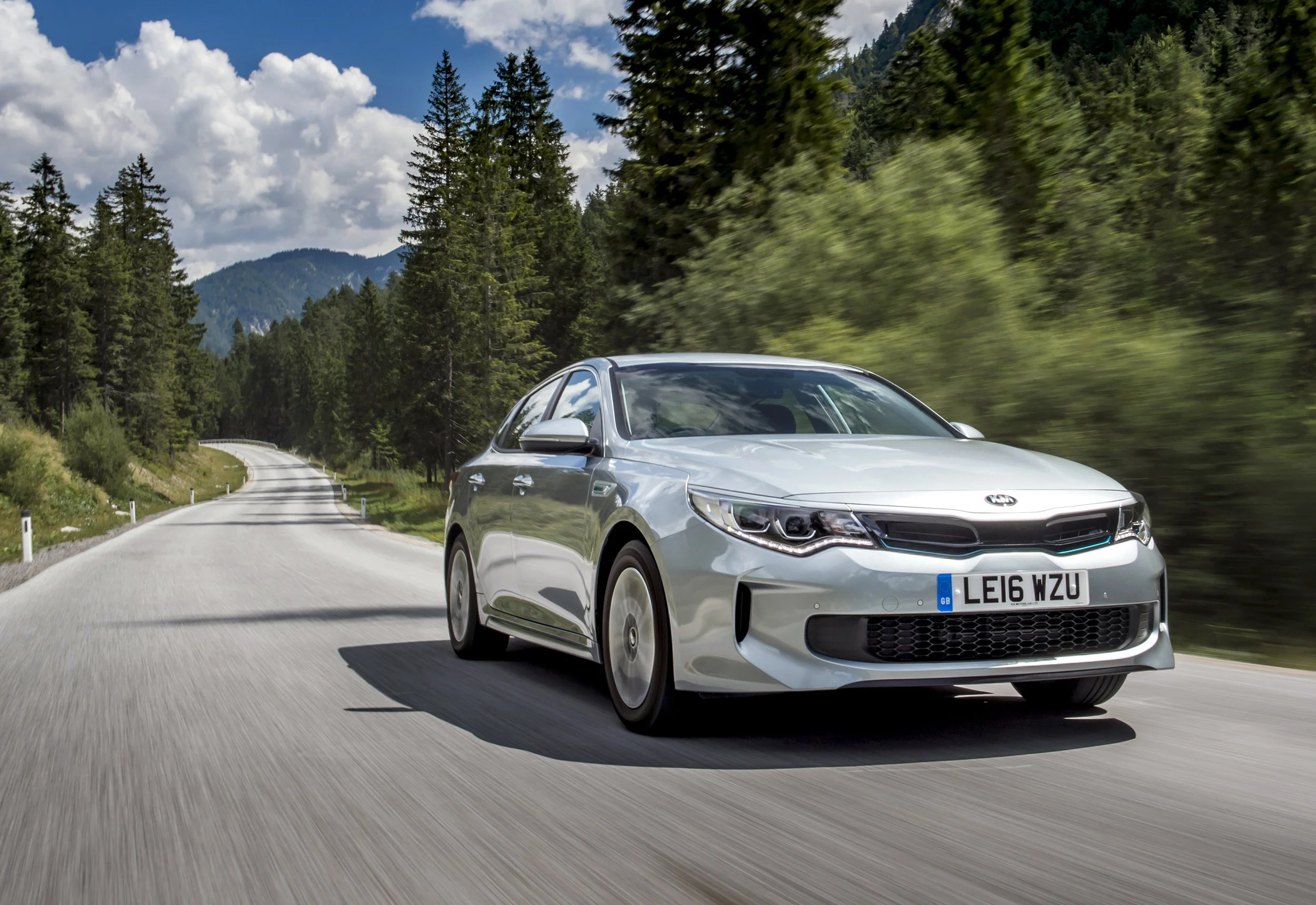
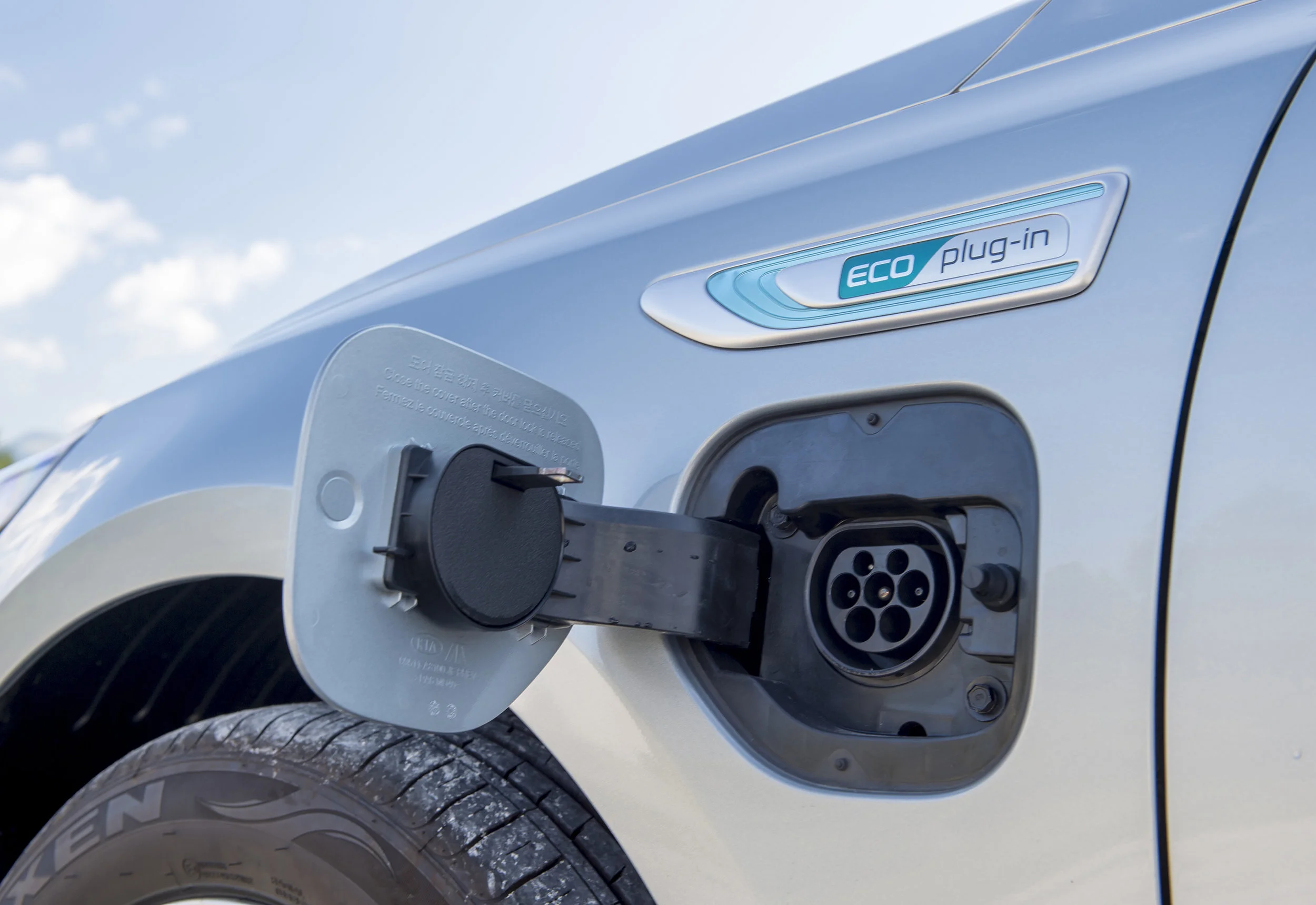
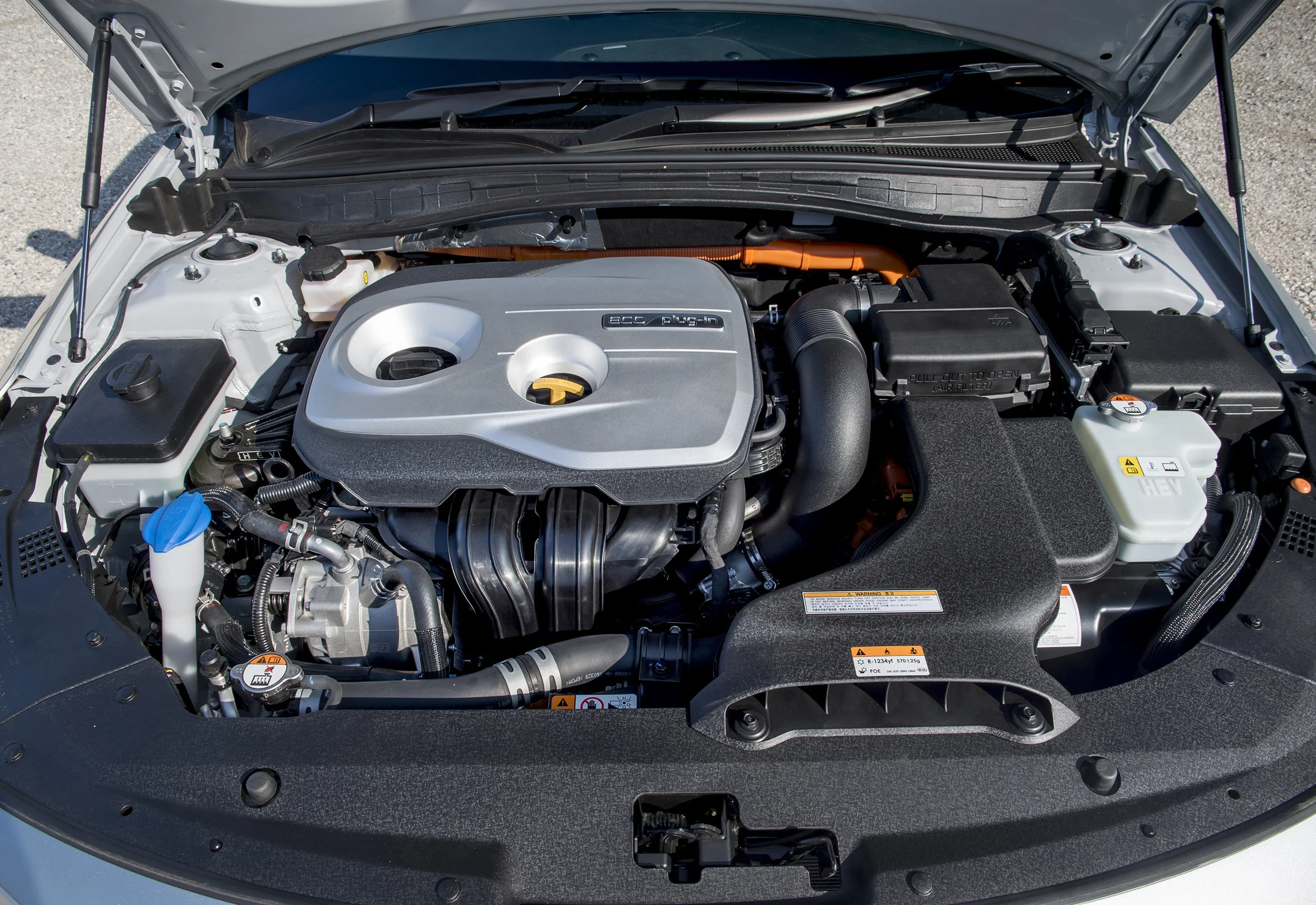
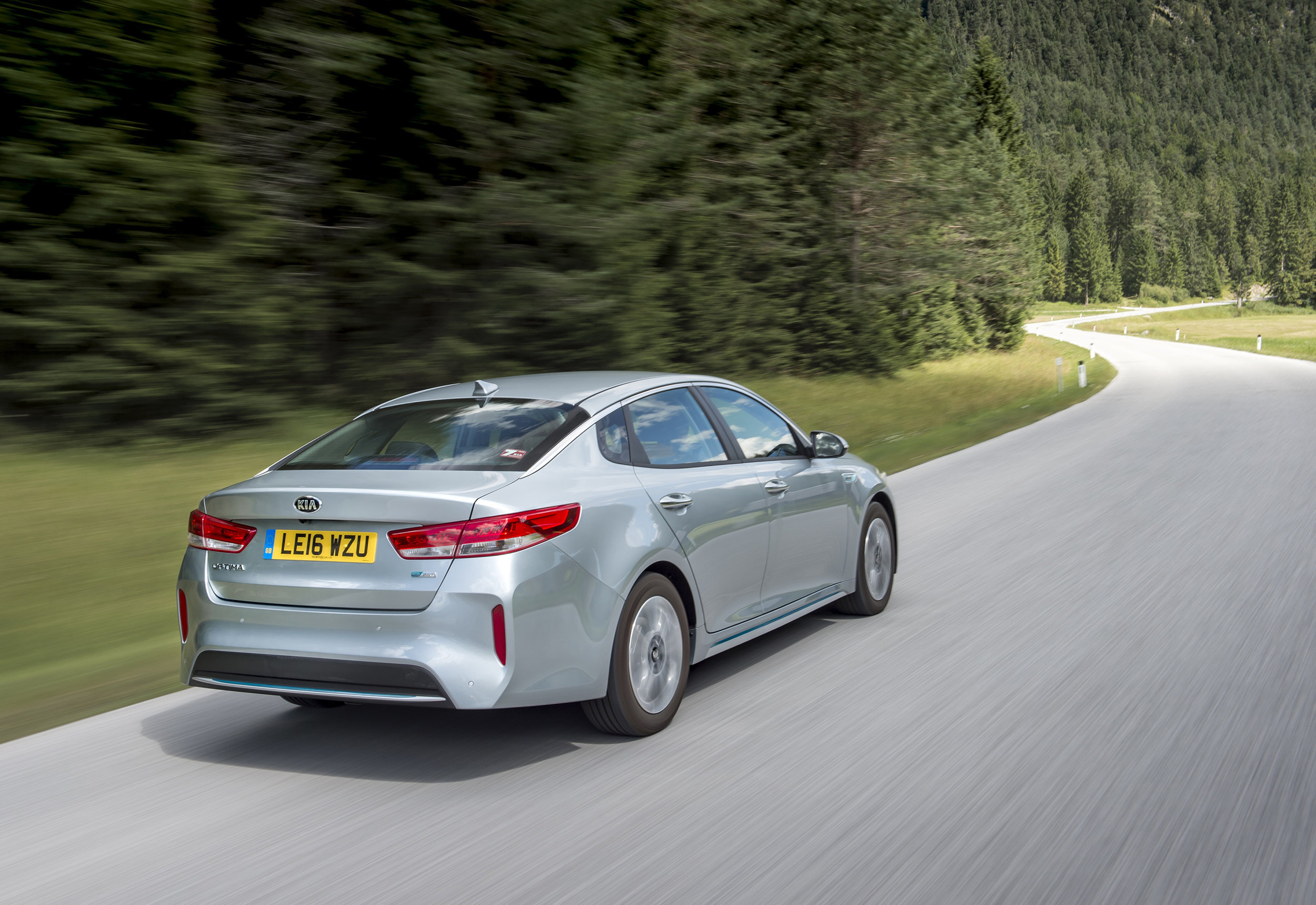

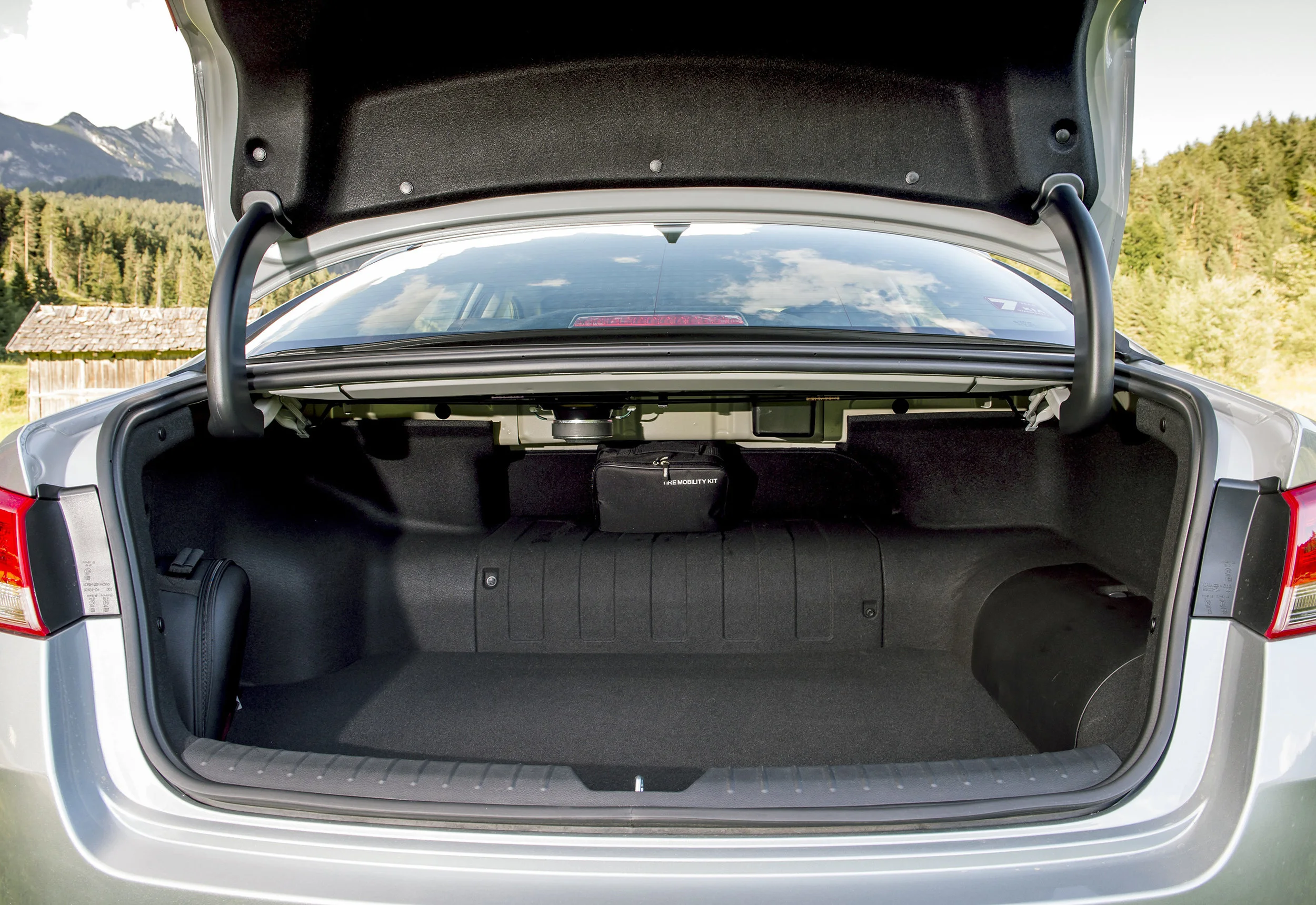
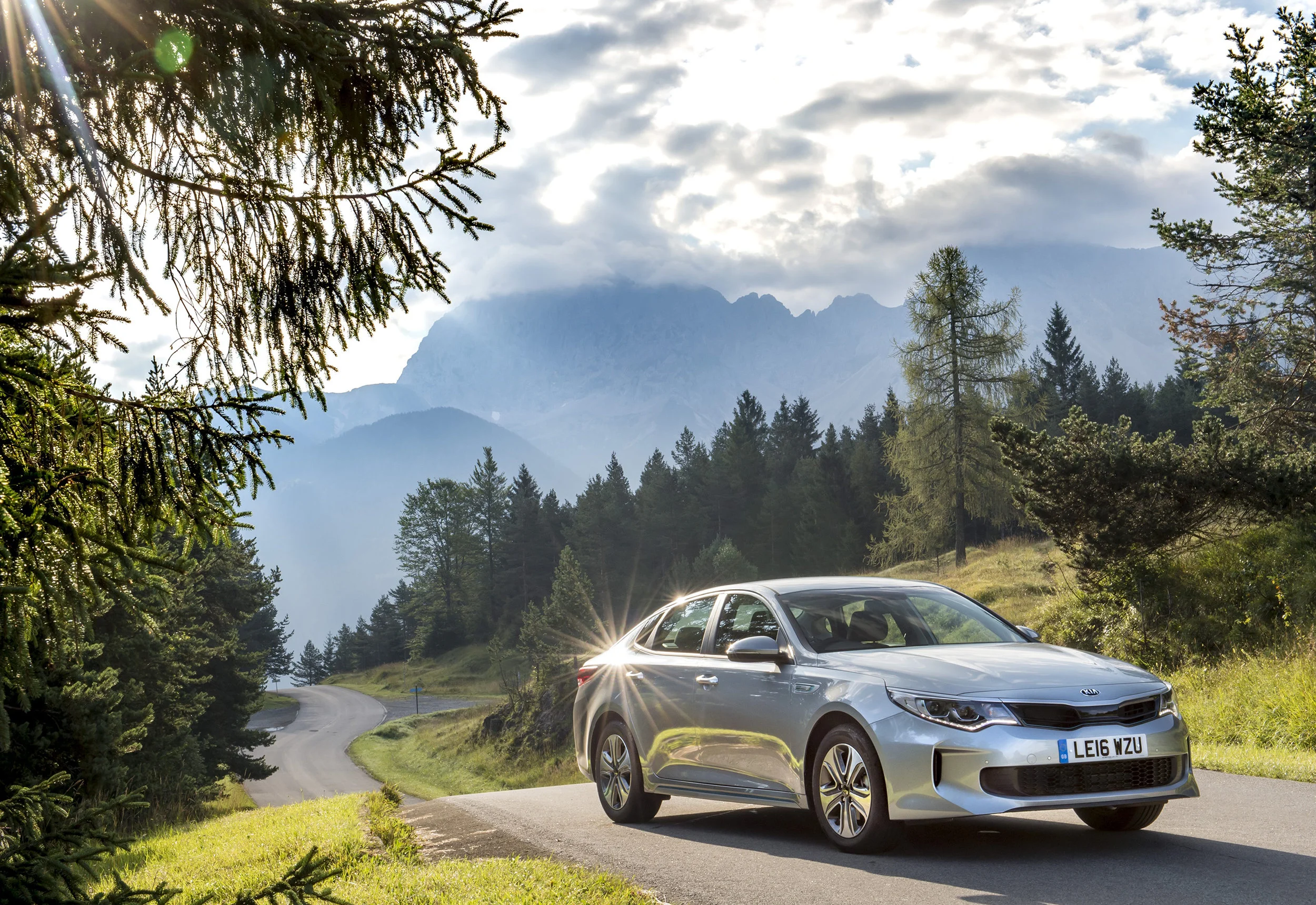
Kia has revealed it’s first plug-in hybrid model for the UK - the Optima PHEV.
Priced at £31,495 after taking into account the Government's £2,500 plug-in car grant, it features a range of up to 33 miles in all-electric mode. Combining a 154bhp 2.0-litre petrol engine with a 50kW (67bhp) electric motor, powered by a 9.8kWh lithium-ion polymer battery pack, when working together the combustion engine and motor generate 202bhp and 375Nm of torque.
A package of aerodynamic, styling and technology features contributes towards the Optima PHEV's low CO2 emissions and potential fuel economy of up to 176.6mpg. The most significant aerodynamic change is an active air flap grille which lowers the car's drag co-efficient (Cd) to 0.25 when closed. The Optima PHEV is able to complete many regular urban commuter runs with no tailpipe emissions, while its CO2 figure of 37g/km means company car users pay 7 per cent benefit-in-kind taxation in 2016-17.
It also has bespoke, low-drag front and rear bumpers, a blue tint to the headlights, blue chrome trim on the lower front air intake, upper grille and side sills. The integration of the batteries behind the rear seat and in the spare wheel well, along with a 15-litre reduction in the car's petrol tank, means the Optima PHEV is still able to offer 307 litres of luggage space.
As a stand-alone model in the Optima line-up, the PHEV comes with a ‘comprehensive range’ of standard connectivity and advanced driver assistance features - including an 8.0-inch touch-screen navigation system with European mapping, Kia Connected Services powered by TomTom, a wireless mobile phone charger, a 270-degree around-view monitor and a 10-speaker harman/kardon Premium Sound audio system with Clari-Fi technology. Active safety provisions include Electronic Stability Control, Vehicle Stability Management and Hill-start Assist Control.
The hybrid also features 17-inch alloy wheels, LED daytime running lights and headlights – the latter with automatic levelling – welcome and follow-me-home lighting, black cloth and faux leather seats with four-way powered lumbar adjustment on the driver's side, front and rear parking sensors, a reversing camera, dual-zone automatic air conditioning, a leather-trimmed steering wheel and gear stick, steering wheel mounted controls and cruise control.
The core feature of the hybrid system is the next-generation 9.8kWh lithium-ion polymer battery pack, which produces significantly more energy than that in previous Optima hybrids. Meanwhile, the simplicity of the hybrid system allows compact packaging of the petrol engine, electric motor and automatic transmission on the front axle, with 'minimal energy transfer and conversion losses'. This results in speeds as high as 75mph in electric mode, with 0-60mph acceleration in 9.1 seconds in hybrid mode. The switch between electric and hybrid driving is ‘seamless’ accord to Kia, while the electric motor's 205Nm of torque from standstill ensures rapid acceleration and instantaneous response to the throttle pedal.
In EV (charge depletion) mode, the car runs as a purely electric vehicle when the energy stored in the batteries is adequate and is able to regenerate electrical power on the move to recharge the batteries. HEV mode (charge sustaining) allows the powertrain to balance the use of motor and petrol engine for a combination of electric and internal combustion power. In this mode, a greater proportion of propulsion comes from the petrol engine and the charge level of the batteries is constantly being topped up for later. Regenerative braking allows the car to harvest kinetic energy to top up the batteries when coasting or braking.
To compensate for the additional weight of the battery pack, the all-independent suspension of the Optima PHEV has been specially tuned, while the brakes have been enlarged compared with those on the diesel-engined Optima.
